Place Attachment: How Do We Build Self-Identity in the Metaverse and Beyond?
The spaces we inhabit are inextricably tied to the emotions they elicit. Psychologists use the term “place attachment” to denote the emotional bond people have with places.
Place attachment is a highly personal phenomenon and specific to each individual. The meaning a particular place holds for an individual is generated not solely by the physical attributes of the architectural space, but also by thoughts, feelings, memories and interpretations that the space evokes in the individual.
Place attachment can strongly influence individual behaviour. A strong attachment to one’s local area has been linked to higher levels of concern about the environment and climate change. Conversely, weak place attachment correlates with a higher likelihood of migration. Place attachment can also influence the relationships between people and populations. In fact, some psychologists argue that it is the human-to-human relationships within a space that produces place attachment.
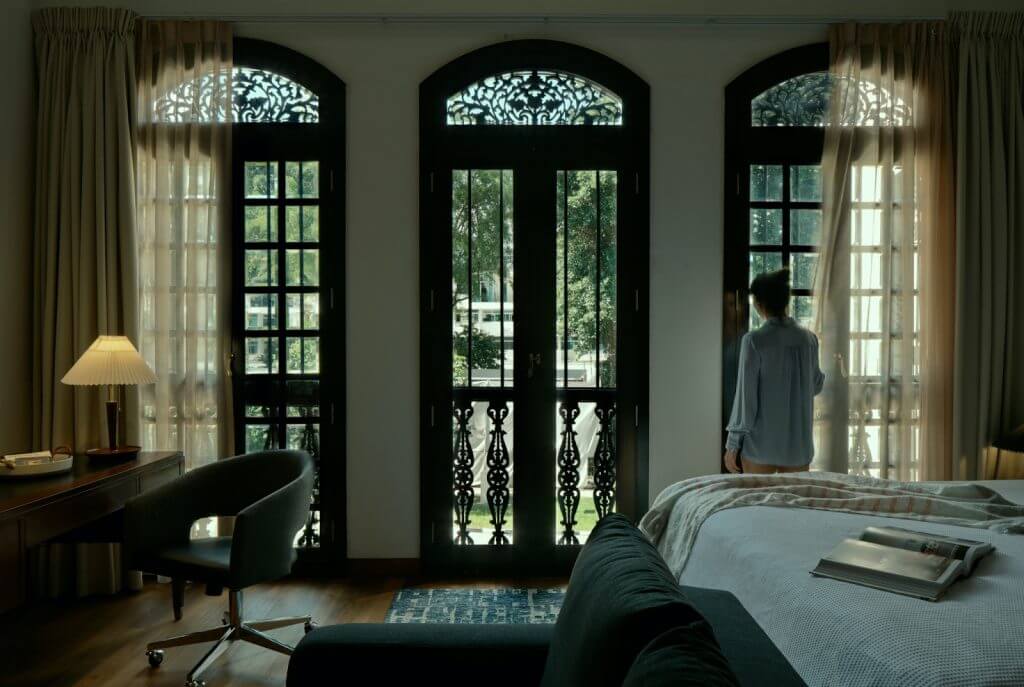
Of all the architectural spaces which people come into contact with in their lifetimes, there is arguably no place more evocative than the home, it is where any community starts. The notion of the home is intertwined with self-identity, with many people developing pronounced preferences for particular home types. While preferences pertaining to physical space can be extremely varied, homes are in general associated with stability and security. Having a high degree of control over one’s home, such as through home ownership, can raise levels of place attachment.
The neighbourhood in which a home is situated can also be a site of strong place attachment, but typically evokes very different sentiments from those associated with the home. An individual’s involvement in the community and engagement with social infrastructure such as clubs and gyms can be a key shaper of the intensity and quality of local place attachment.
Given the immense impact the built environment can have on people’s emotional state and sense of identity, the improvement of places is a key concern for Figment. The liveability of cities and towns is an increasingly pressing concern of urban planners, and not always positively correlated to economic productivity.
It all starts with our creative ‘construction workers’ – our artists, performers and all kinds of creators, who infuse much-needed character and vibrancy into our local environments. Without personality, our spaces would feel empty and hollow, lacking in soul and purpose. By supporting and championing creators of all types, Figment is helping individuals and communities develop more positive patterns of place attachment and ideally, deeper and more inclusive community ties.
One such example of our work in this field is our ‘Community Patronage’ Model, where 10% of rental proceeds from a Figment home goes directly towards supporting local creators. In tying real estate markets to the creative industries, we make sure that urban sprawl will always bring personality and character along with it. Many smaller cities or countries such as Singapore find it challenging to support a fully-developed local art ecosystem, and as such should explore and depend on other means of funding creativity. In order to boost place attachment, we can look at ways in which narratives of heritage, community and familiarity can be integrated into living spaces. At Figment, we work towards ‘Building Memories’.
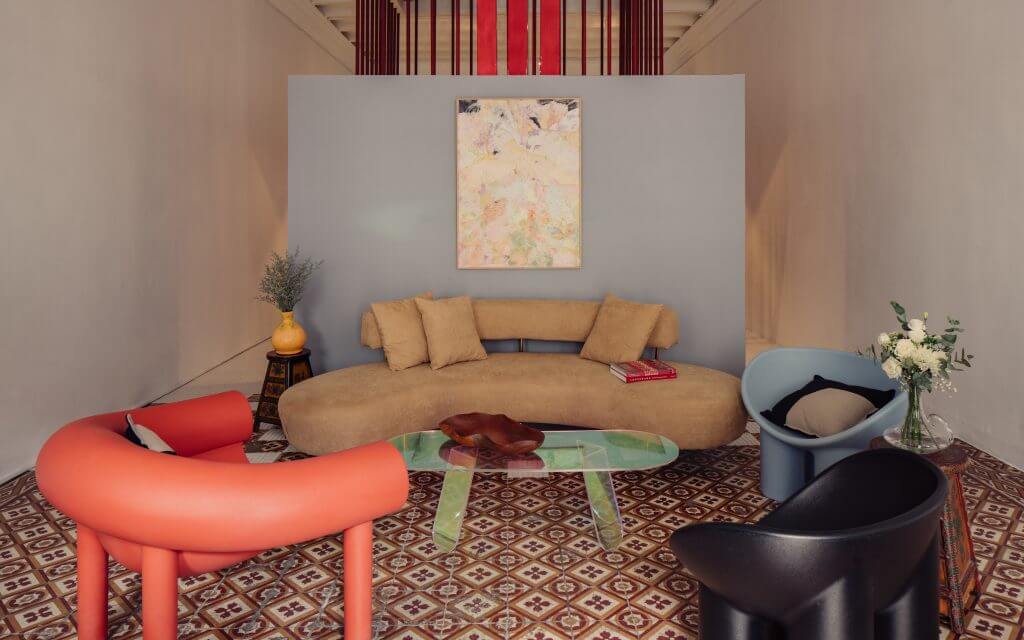

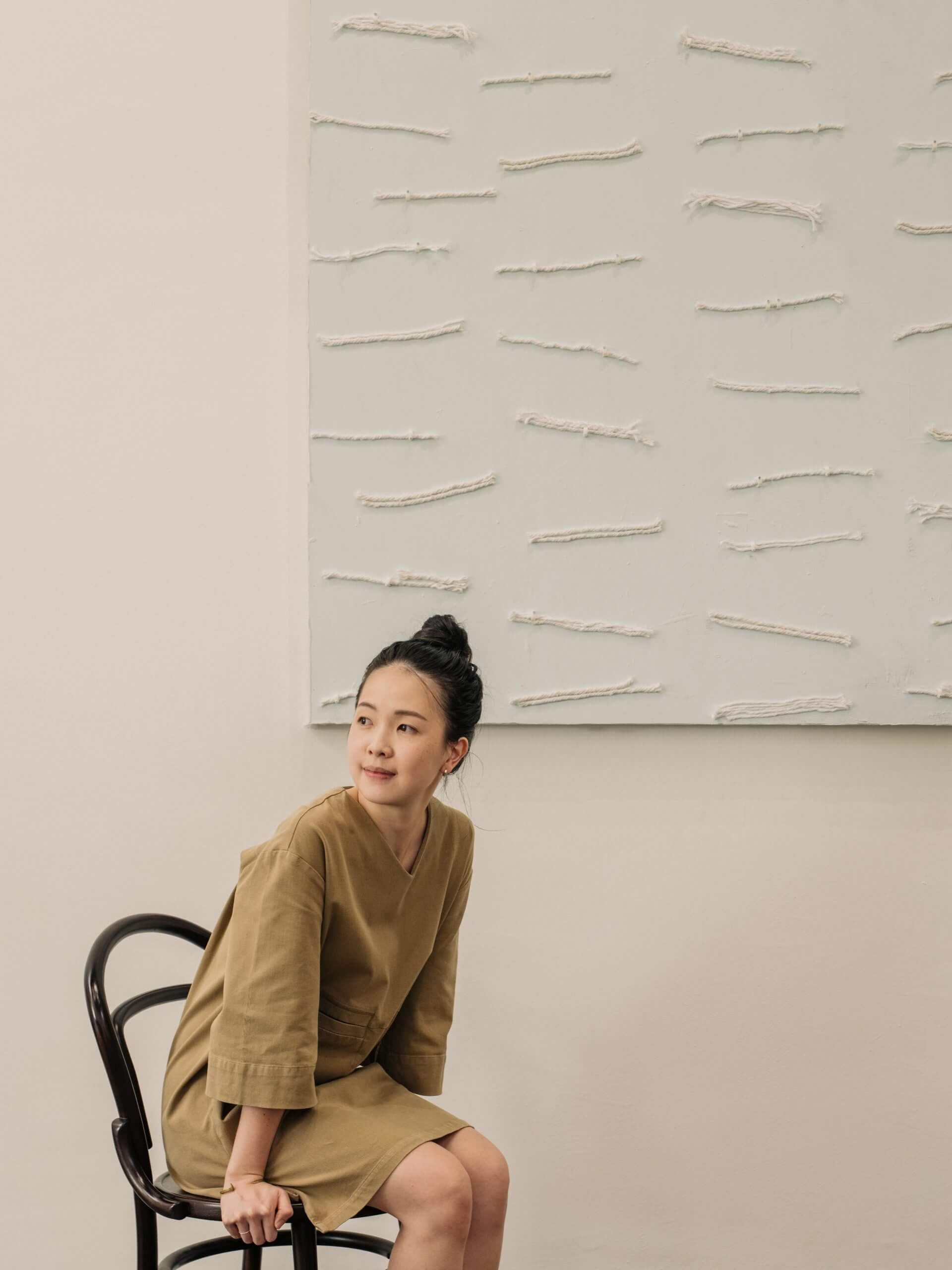
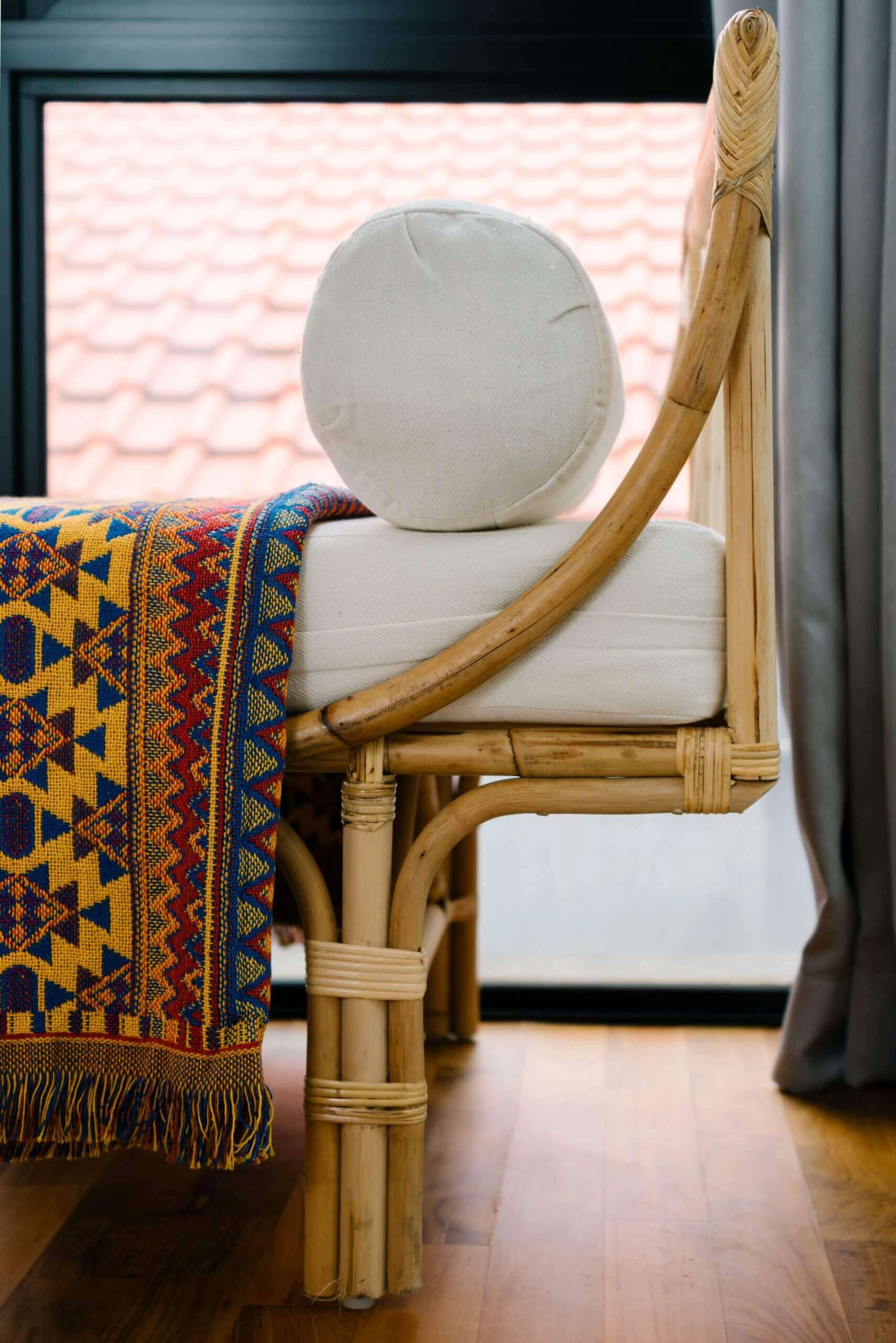
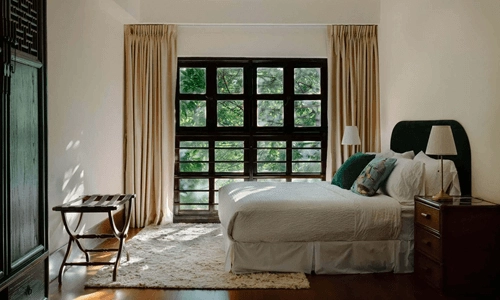


Comments